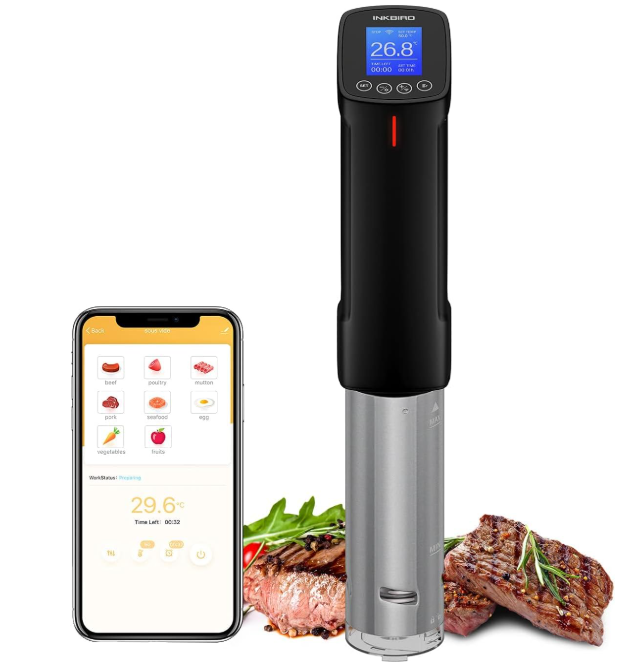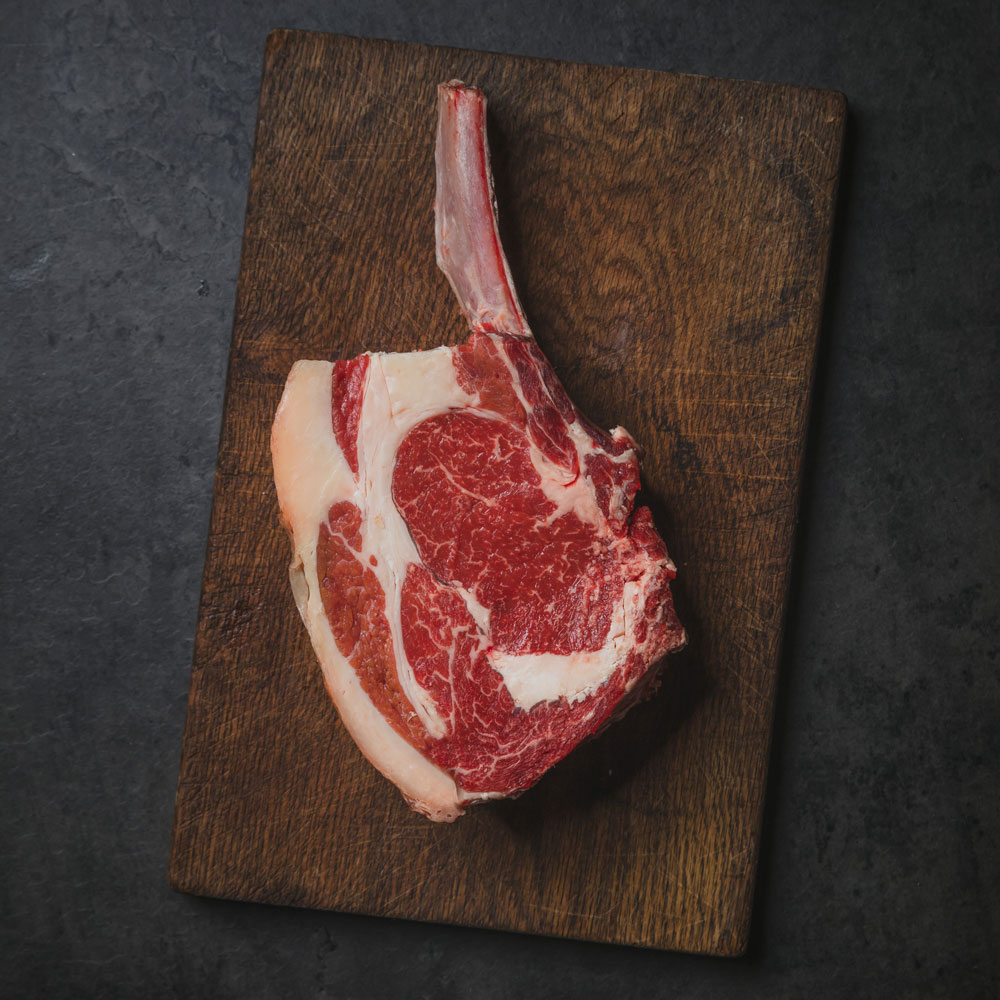
Smoke and Water Cookery: The Perfect Marriage of Sous Vide and BBQ
Barbecue, with its tantalizing smoky aroma and tender, flavorful meat, is a tradition steeped in time. For centuries, pitmasters have honed their craft, carefully tending to low-and-slow cooking fires to achieve the perfect result. But in today’s culinary landscape, where innovation meets tradition, there’s room for a little modernization. Enter “smoke and water cookery,” a hybrid approach combining sous vide cooking with classic barbecue techniques.
As someone who uses this method in a commercial environment, I can personally vouch for its effectiveness. Whether I’m preparing briskets, pastrami, pulled pork, ribs, or short ribs, this approach ensures consistent, mouthwatering results every single time. It’s not just about achieving perfection—it’s about delivering that same perfection reliably for every customer who walks through the door. The best part? It’s a true set-it-and-leave-it approach during the sous vide phase. Once the meat is sealed and in the water bath, there’s no need to babysit it for hours. If you’ve ever marveled at how we get our brisket so tender with that perfect smoky bark, or how our ribs fall off the bone yet still have a satisfying bite, this is the secret behind it. By leveraging this method, we’ve been able to scale our operations without compromising on flavor or quality. It’s also the foundation of our sousBBQ range of products, which brings the same consistent, high-quality results to a wider audience.
Here’s why “smoke and water cookery” is worth trying and how it can elevate your BBQ to a whole new level.
Traditional BBQ methods rely on maintaining a consistent, low heat source for hours to slowly break down tough connective tissues in meats like brisket, pork shoulder, and ribs. While the results can be divine, the process is not without its challenges:
While these challenges are part of the art and charm of BBQ, combining sous vide with smoking helps eliminate many of these pitfalls without sacrificing flavor.
Sous vide cooking involves vacuum-sealing food and immersing it in a precisely controlled water bath, cooking it to a specific temperature over an extended period. This method is known for its consistency and ability to deliver perfectly cooked results. In the context of BBQ, sous vide addresses some of the biggest challenges:
But while sous vide excels at creating tender meat, it lacks the hallmark flavors of BBQ—smoke and bark. That’s where the smoker comes in.
The “smoke and water” method combines the strengths of sous vide and smoking for BBQ that’s both foolproof and full of flavor. Here’s how it works:
The magic of this hybrid method lies in its efficiency and consistency. Here are the key benefits, renumbered and streamlined for clarity:
To get the most out of your smoke and water cookery, keep these tips in mind:
Beyond BBQ, sous vide is a fantastic tool for a variety of other culinary applications. Whether it’s cooking delicate fish fillets to perfection, making creamy custards, or preparing vegetables with precise texture, sous vide offers unmatched versatility. It’s an investment in consistency and creativity, allowing you to explore a world of flavors and techniques outside the smoker.
Combining sous vide with smoking offers a streamlined approach to BBQ that delivers superior results with less stress. Whether you’re a seasoned pitmaster looking to experiment or a home cook intimidated by traditional BBQ methods, “smoke and water cookery” opens up a world of possibilities.
Imagine biting into a brisket with a deep, smoky crust and a buttery, tender interior. Or ribs that slide clean off the bone yet still retain a satisfying chew. With this method, you’ll consistently produce BBQ that’s as impressive to the eye as it is to the palate.
So get yourself a sous vide cooker, fire up the smoker, and embrace the delicious synergy of smoke and water. Once you’ve tasted the results, there’s no turning back—this might just become your new favorite way to BBQ.
Shop for Barbecue Low & Slow Cuts Click Here
Sous Vide machines for every budget. The more expensive the machine in general the larger capacity of water they can handle
Although it’s not entirely necessary you could get a vacuum packing machine, a relatively cheap option is available on Amazon for about £30. The Bonsen Vacuum Packer. Get it on Amazon You can use ziplock bags and use the water displacement method to get air out the bag to seal it.
Vacuum Bags
If your going to get a vacuum packer you will need bags. Get them on Amazon
Note: If you purchase your meat from us online, let us know in the order comments section and we will throw in a bag suitable for cooking your chosen joint.
Water Bath
You can use any size water bath as long as it will take the size of the joint you are cooking. A saucepan will do. However if you plan on doing something like a packer brisket your going to need a bath of at least 20 litre. You can get one on Amazon, you need to choose the right one for your chosen sous vide tool as the lid has a bespoke cut in it. Get One on Amazon



Here's a handy chart to help determine the right portion sizes for meat joints based on appetite size:
| Appetite Size | Boneless Meat (g per head) | Bone-in Meat (g per head) |
|---|---|---|
| Small Appetite | 125–150 g | 200–250 g |
| Medium Appetite | 150–200 g | 250–300 g |
| Large Appetite | 200–250 g | 300–350 g |
| Extra Large Appetite | 250–300 g | 350–400 g |
These portions are for the main course. If the meat is part of a larger meal with substantial sides, you could reduce the quantities slightly. For feasts or special occasions where people may indulge, consider the higher end of the range.
